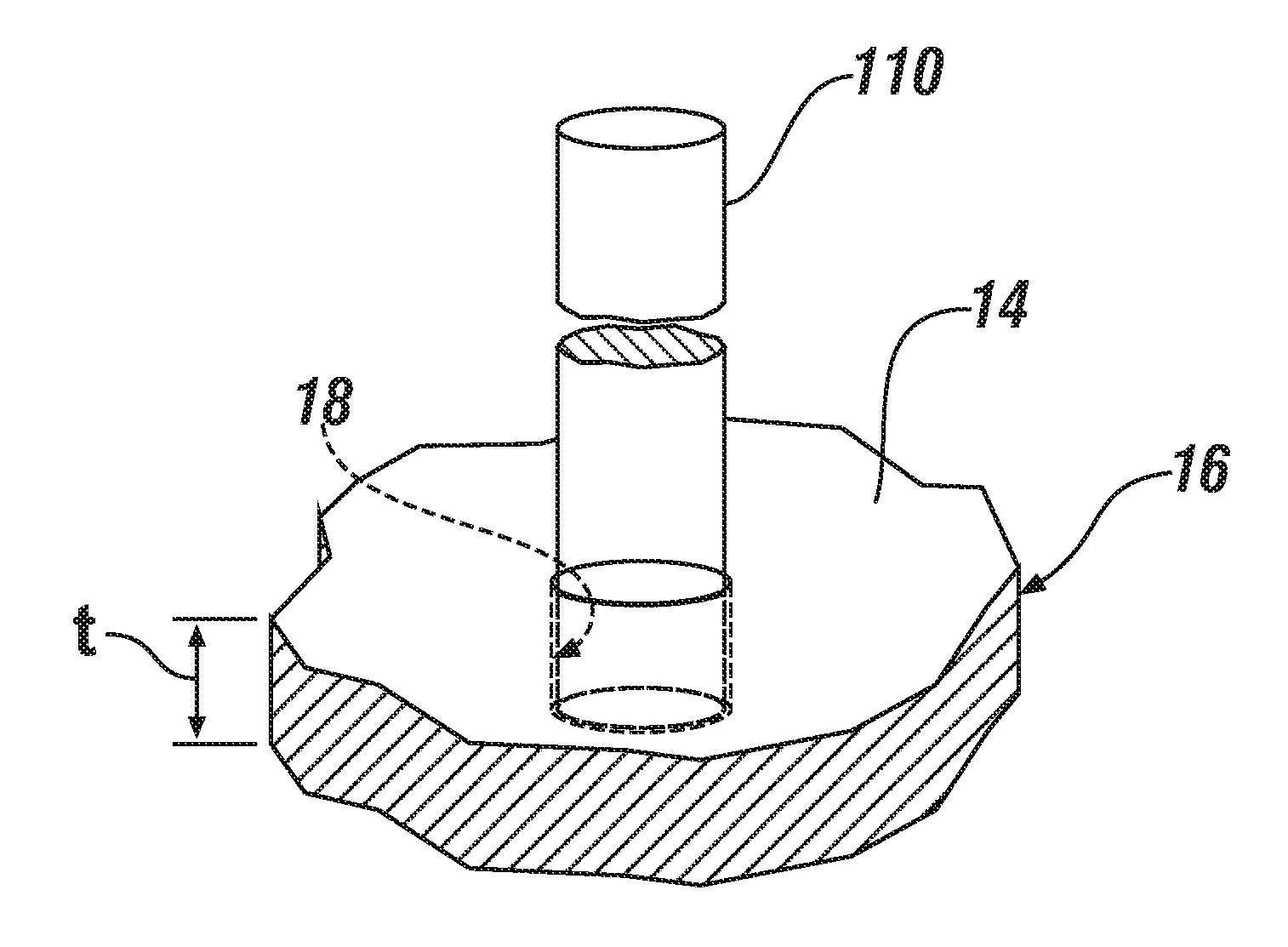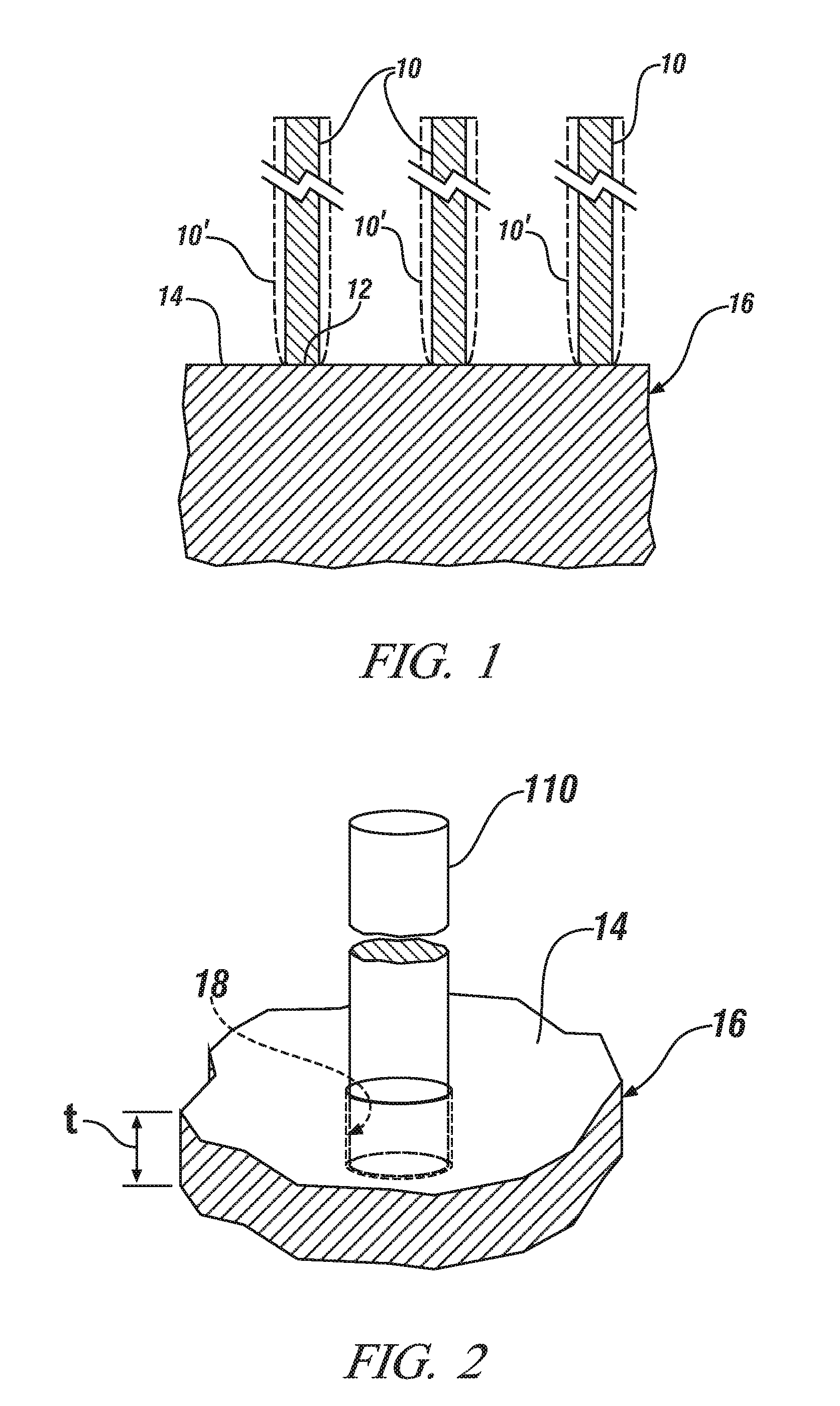Fade-resistant high capacity electrodes for a lithium-ion battery
- Summary
- Abstract
- Description
- Claims
- Application Information
AI Technical Summary
Benefits of technology
Problems solved by technology
Method used
Image
Examples
Embodiment Construction
[0049]Lithium ion batteries generally comprise a plurality of interconnected individual cells arranged so as to satisfy the voltage and electrical energy storage, or capacity requirements, of a particular application. Each cell is of substantially identical construction and chemistry and incorporates facing negative and positive electrodes each of which is mounted on, or attached to, an electrically conductive current collector commonly fabricated of copper (for the negative electrode) and aluminum (for the positive electrode). The electrodes are held in spaced-apart relation by a spacer which fills the gap between the electrodes but is adapted to enable a continuous conductive path for lithium ions from one electrode to the other. Often the spacer is a porous polymer layer in which the pores extend from one surface to the other. When the pores are infiltrated with a lithium ion-conducting, non-aqueous liquid electrolyte, lithium ions may pass from one electrode to the other. The di...
PUM
 Login to View More
Login to View More Abstract
Description
Claims
Application Information
 Login to View More
Login to View More - R&D
- Intellectual Property
- Life Sciences
- Materials
- Tech Scout
- Unparalleled Data Quality
- Higher Quality Content
- 60% Fewer Hallucinations
Browse by: Latest US Patents, China's latest patents, Technical Efficacy Thesaurus, Application Domain, Technology Topic, Popular Technical Reports.
© 2025 PatSnap. All rights reserved.Legal|Privacy policy|Modern Slavery Act Transparency Statement|Sitemap|About US| Contact US: help@patsnap.com



